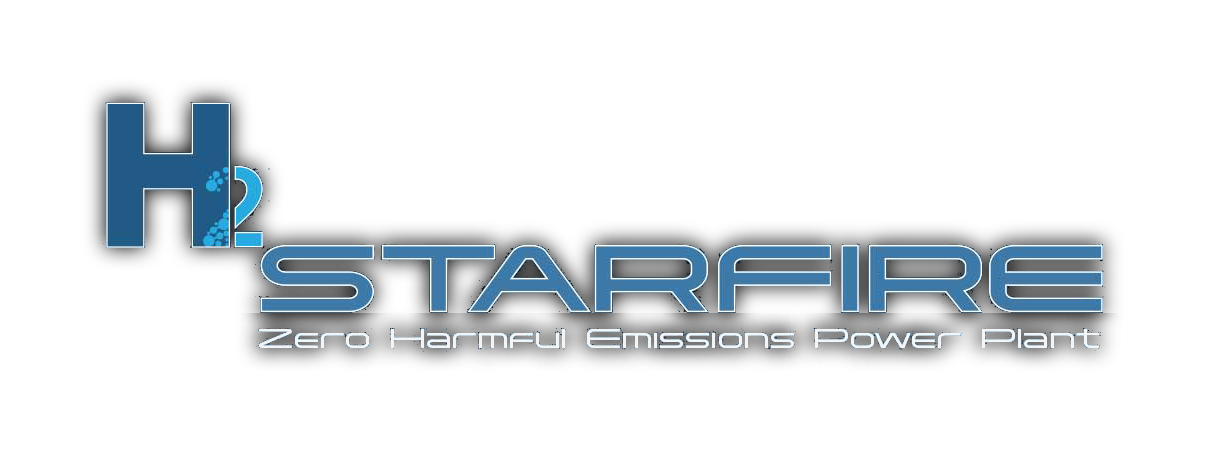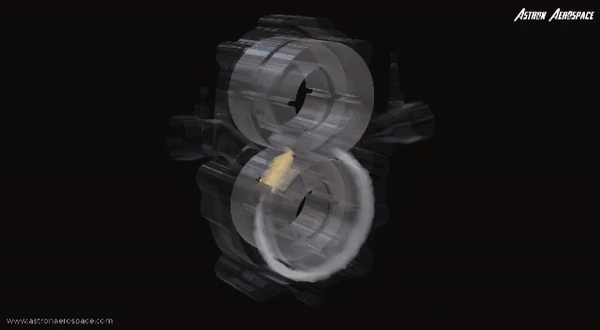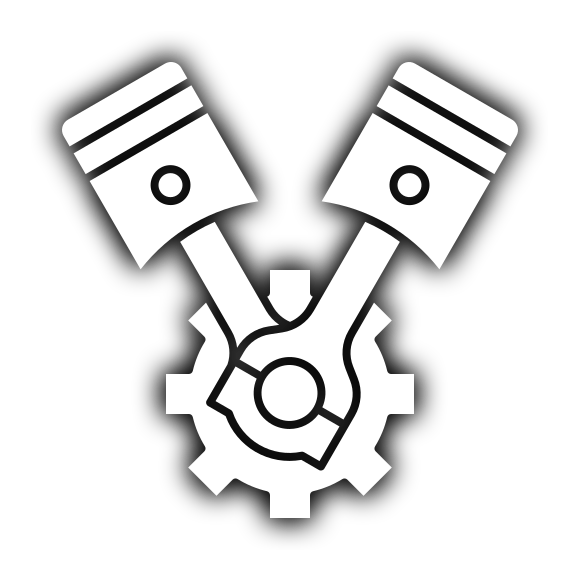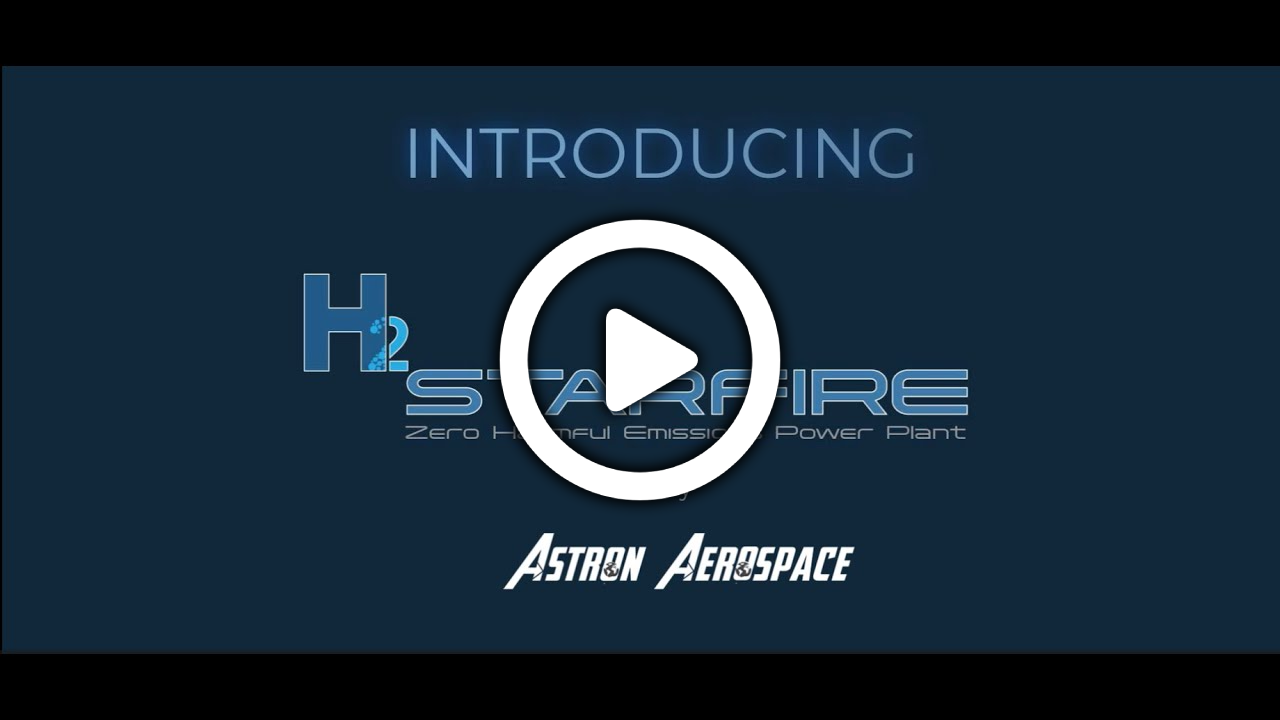Introducing

Hitting 5000 RPM’s – 600 cc Engine
Technology
Fueled by Hydrogen and Water.



Paradigm Shift
Multi-fuel Engine
Technology

Unparalleled
power-to-weight
Ratio.

Increased
Fuel
Economy.

Low
Maintenance
Requirements.
Introducing an innovative, advanced, and simplistic new engine technology that is projected to completely change the automotive, aerospace, marine, recreational vehicle, and power generation engine markets.
Astron’s H2 Starfire Engine has unmatched efficiency, extremely low to ZERO HARMFUL EMISSIONS, unrivaled power to weight ratio, and is the ultimate range extender. The H2 Starfire Engine’s purpose is to change the world we live in for the better.
Note: This technology is projected to be capable of flying through a flock of birds, volcanic ash, smoke, and sand without skipping a beat, as well as the highest altitude flying capability that exists. Also does not require rotor seals at all. Tight tolerances and high RPMs solve that problem. It is a function of time versus volume versus pressure, not enough time for the pressure or volume to escape more than negligible amounts at high RPMs.
Exciting New Technology – Protected by Patents and Know-How
The H2 Starfire Engine inventor is no stranger to patent protection. The team has many patents to their credit, and this is no different. Their latest creation, the H2 Starfire, is covered by multiple patent disclosures, provisional applications, and pending patent grants. Astron has filed nearly all of the patents both domestically and internationally. This includes China, Korea, India, and other areas where transportation and power generation technology are manufactured. This is too good not to protect, so Astron has it covered!
More Powerful, Lighter, efficient, and Simpler than a Turbine Engine
What makes the H2 Starfire so much more powerful, light, and efficient than a piston engine?
The H2 Starfire provides the ability to power a ducted fan much more efficiently, and without the major disadvantages of requiring conventional Brayton cycle propulsion technology employed by modern turbine engines.
Weight, Efficiency, and Environment
What makes the H2 Starfire so much more powerful, light, and efficient than a piston engine?
There is a tremendous amount of friction, heat, parasitic, and pumping losses in a piston engine. Each time a piston moves up and down, the rings scrape against the piston walls and that causes friction.
Proudly Partnered With:


We are now accepting applications for partnering OEM companies
*Note: Any email communication from an email without @astronaerospace.com is not from us.
Weight, Efficiency, and Environment
01
There is a tremendous amount of friction, heat, parasitic, and pumping losses in a piston engine. Each time a piston moves up and down, the rings scrape against the piston walls and that causes friction. Nearly every moving part has contact with other moving parts and that causes more friction. The parasitic losses are not small, as they add up in the form of valve train losses, airflow restrictions, converting reciprocating piston energy into rotational crankshaft energy, and inertial losses due to spring function. There are also significant pumping losses due to the requirement to liquid cool the engine via moving lubricants throughout the engine. All of these losses reduce the power of an engine, and dealing with these losses increases the complexity and weight.
02
The H2 Starfire Engine has very few of these losses. It has dramatically reduced friction, almost no parasitic losses, and no moving parts besides the rotational elements. There are very few pumping losses because the engine is air cooled via airflow around and through the engine, and only the synchronization gears and bearings require lubrication. This gives an added benefit of no cross-contamination of oil into the combustion chamber, which equates to lowering emissions.
03
The overall efficiency also improves because of our “skip fire” capability of the engine. For example, the engine can fire every rotation while a vehicle is accelerating, but once at cruising speed in an aircraft, on a highway etc., the engine will only fire when there is a need, (every 5,10,50 rotations or whatever is required), and can idle at a high speed with very little fuel consumption. Then when conditions change and power is required, the computer will increase firing rate for nearly instant power with very low amounts of throttle lag. This can be tuned for maximum efficiency, maximum power, or a combination depending on desired application.
04
The H2 Starfire Engine is the first engine with an active linear power transfer. As the H2 Starfire Engine rotates, all the power is transferred through the single rotating power shaft. There are no offset crankshafts, no reciprocating pistons, and no eccentric shaft (as in a Wankel rotary engine).
The engine weighs much less than a comparable piston engine because of the simplicity of the design, and because it has so few moving parts.
The H2 Starfire is More Powerful, Lighter, Efficient, and Simpler than a Turbine Engine
01
The H2 Starfire provides the ability to power a ducted fan much more efficiently, and without the major disadvantages of requiring conventional Brayton cycle propulsion technology employed by modern turbine engines. These include noise, high fuel consumption, throttle response lag, high rotational inertia, susceptibility to foreign object damage, and high manufacturing costs. This is due to complex machining and assembly processes of a relatively high number of parts pushing engine costs into the millions of dollars per unit. This is in addition to a costly and complex rebuild process required with operational hours.
02
The incredibly simple design of the H2 Starfire will enable the engine to operate with approximately the same number of internal parts as a typical single-cylinder reciprocating engine found in lawn-care and other outdoor power equipment. Anticipated wear characteristics of the engine will potentially push operational time between overhauls into the 6-figure range (expected 100,000 hours plus) with only very simple, low-cost, and inexpensive maintenance required in between overhaul cycles. Throttle response will be almost instantaneous, foreign-object damage will be eliminated by design and the acquisition cost will be a fraction of current turbine-engine technology due to design simplicity.

